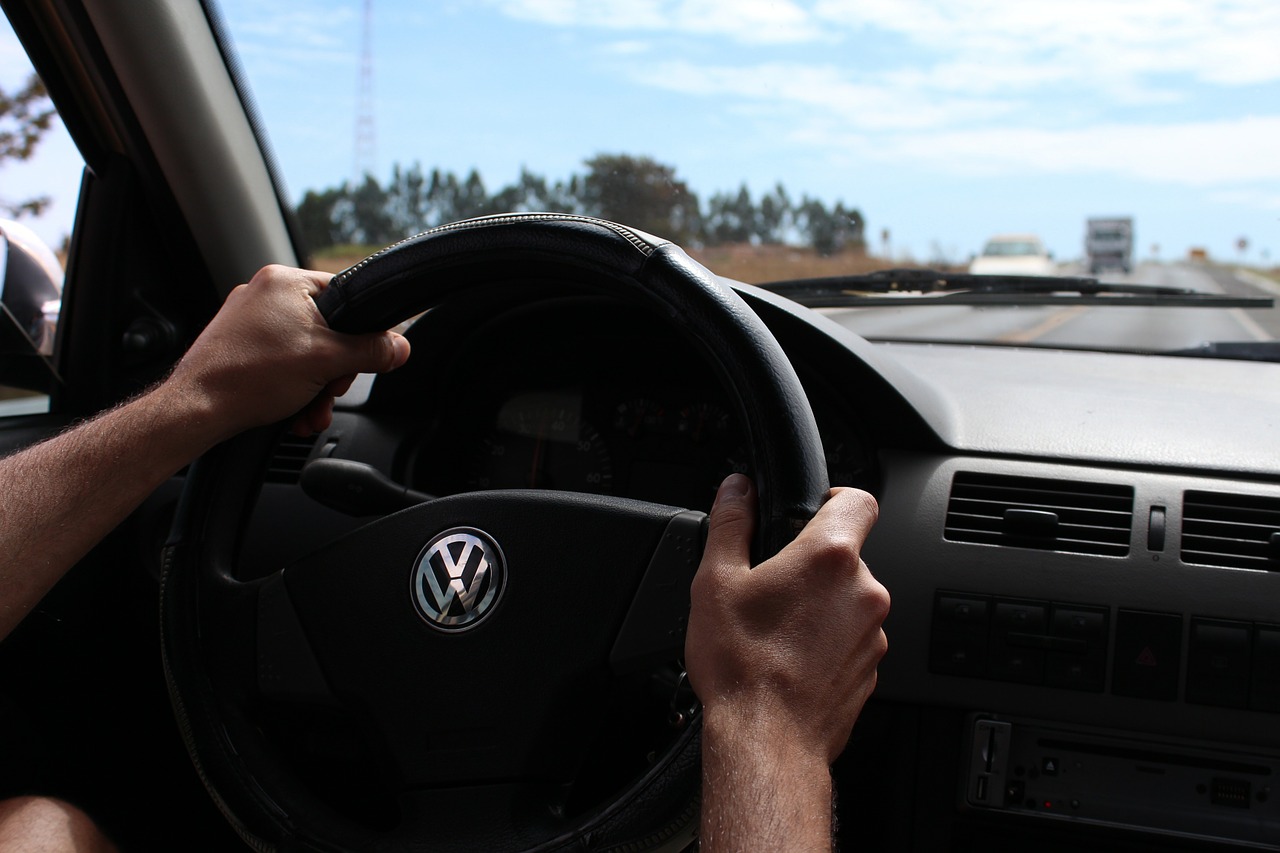In light of the decision in Miranda v. Cornelius, 429 F3d 858 (9th Cir. 2005), the California courts have now weigh in on the issue of impounding vehicles pursuant to an arrest. In the most recent decision in People v.
Williams, 2006 Cal.App. LEXIS 1932, the officer impounded a vehicle driven by an individual arrested on a warrant and found to be in possession of a gun. Although the vehicle was legally parked and not evidence in any criminal case, the officer relied on the provisions of Vehicle Code section 22651(h) since the driver had been arrested.
However, as with so many other issues, the Court was mildly interested in state statutes authorizing the seizure of property since the Constitution controls these issues.
Just like the Ninth Circuit in Miranda, this Court required that the officer justify the impound within the parameters of the so-called “community caretaking function”. In other words, the mere fact that the driver was arrested, there was no other reason to impound the vehicle since (1) the driver was licensed, (2) the vehicle was properly registered and insured, (3) the vehicle had not been reported stolen or otherwise evidence of a crime, (4) the vehicle was legally parked (in front of the suspect’s residence), and, (5) there was no suggestion of risk of vandalism or danger because of the parked vehicle. While the Court might have upheld the impound of the vehicle (and admitted the resulting evidence seized during such impound), there simply was no evidence that this vehicle could be impounded under the “community caretaking function”.
In light of this and the Miranda decision, it is apparent that officers must exercise sound discretion in impounding vehicles even when seemingly authorized by California statute. Simply arresting the driver may no longer be sufficient and officers should articulate as many of the above listed “community caretaking” factors as possible when impounding vehicles.


